Introduction
Bordeaux red wine, renowned globally for its complexity and terroir-driven character, lends itself beautifully to culinary applications beyond the glass. When paired with tender pork shoulder and al dente pasta, it creates a dish that marries the refined sophistication of French gastronomy with the rustic comfort of Italian home cooking. This recipe for Bordeaux Red Wine-Braised Pork Ragu Pasta is a labor of love, requiring patience and attention to detail but rewarding the cook with a deeply flavorful, velvety sauce that clings to every strand of pasta. Perfect for special occasions or leisurely weekend dinners, this dish transforms simple ingredients into a gourmet experience. Let’s embark on a journey through the art of slow cooking, wine reduction, and pasta perfection.
Ingredients & Equipment
Before diving into the cooking process, gather the following components to ensure a seamless experience:
For the Ragu:
- 2 lbs (900g) pork shoulder, boneless, cut into 2-inch cubes
- 2 cups Bordeaux red wine (preferably a Merlot-Cabernet blend)
- 1 medium yellow onion, finely diced
- 2 carrots, peeled and finely chopped
- 2 celery stalks, finely chopped
- 4 garlic cloves, minced
- 1 can (14 oz/400g) whole peeled tomatoes, crushed by hand
- 2 cups chicken or beef broth (low-sodium)
- 2 tbsp tomato paste
- 2 tbsp olive oil
- 2 tbsp unsalted butter
- 1 sprig fresh rosemary
- 3-4 fresh thyme sprigs
- 2 bay leaves
- 1 tsp smoked paprika
- ½ tsp red pepper flakes (adjust to taste)
- Salt and black pepper to season
For the Pasta:

- 1 lb (450g) dried pappardelle or tagliatelle (fresh pasta may be used; adjust cooking time)
- 2 tbsp kosher salt (for pasta water)
Equipment:
- Large Dutch oven or heavy-bottomed pot with lid
- Chef’s knife and cutting board
- Wooden spoon or silicone spatula
- Fine-mesh sieve (for straining sauce, optional)
- Tongs or slotted spoon
- Pasta server or spider skimmer
Step-by-Step Instructions
Preparing the Pork Shoulder
Begin by pat-drying the pork shoulder cubes with paper towels. This step is crucial for achieving a golden-brown sear, as excess moisture prevents proper caramelization. Season the meat generously with salt, black pepper, and smoked paprika, ensuring each piece is evenly coated. Let the pork rest at room temperature for 20-30 minutes while preparing the aromatic base.
Building the Flavor Foundation (Soffritto)
Heat the olive oil and butter in the Dutch oven over medium heat. Once the butter foams subsides, add the diced onion, carrot, and celery. Sauté for 8-10 minutes, stirring occasionally, until the vegetables soften and develop a golden hue. Stir in the minced garlic and red pepper flakes, cooking for an additional 2 minutes until fragrant. This mixture, known as soffritto in Italian cuisine, forms the aromatic backbone of the ragu.
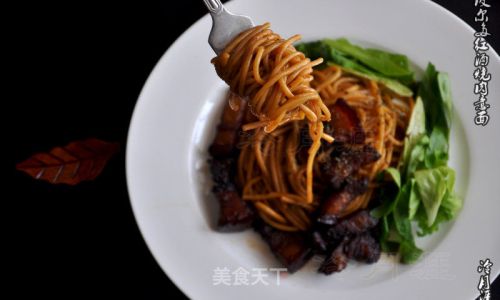
Searing the Pork
Increase the heat to medium-high. Working in batches to avoid overcrowding, add the pork cubes to the pot. Sear for 4-5 minutes per side until a deep brown crust forms. This Maillard reaction is essential for developing complex flavors. Transfer the seared pork to a plate and repeat with remaining meat.
Deglazing with Bordeaux Wine
With the pot still over medium-high heat, pour in the Bordeaux red wine. Using a wooden spoon, scrape up any browned bits stuck to the bottom—this process, called deglazing, infuses the sauce with rich, caramelized flavors. Allow the wine to simmer for 5-7 minutes, reducing by approximately one-third. This concentrates the wine’s fruitiness and tannins while mellowing its alcohol content.
Simmering the Ragu
Return the seared pork to the pot, along with any accumulated juices. Add the crushed tomatoes, tomato paste, broth, rosemary, thyme, and bay leaves. Stir gently to combine. Bring the liquid to a gentle boil, then reduce heat to low. Cover the pot partially with the lid (leave a small gap to allow steam to escape) and simmer for 2.5 to 3 hours. Stir occasionally, ensuring the meat remains submerged. The pork should become fork-tender, nearly shredding when prodded.
Shredding the Pork and Reducing the Sauce
Once the pork is cooked, use tongs or two forks to shred the meat directly in the pot. Discard the herb sprigs and bay leaves. Increase the heat to medium-low and simmer uncovered for an additional 30-40 minutes. This step reduces the sauce to a thick, glossy consistency, coating the pork like a velvety blanket. Taste and adjust seasoning with salt and pepper.
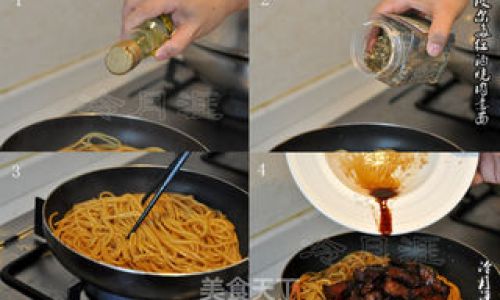
Cooking the Pasta
While the ragu reduces, bring a large pot of water to a rolling boil. Add the kosher salt (the water should taste like seawater). Add the pasta and cook according to package instructions until al dente—tender yet firm to the bite. Reserve 1 cup of pasta water before draining.
Combining Pasta and Ragu
Add the cooked pasta to the Dutch oven, tossing gently to coat each strand with the ragu. If the sauce seems too thick, loosen it with a splash of reserved pasta water. For an extra touch of indulgence, stir in a tablespoon of cold butter or a drizzle of high-quality olive oil at this stage.
Serving and Garnishing
Divide the pasta among shallow bowls. Garnish with freshly grated Parmigiano-Reggiano, a sprinkle of chopped parsley, and a crack of black pepper. Pair with a glass of the same Bordeaux wine used in the recipe to enhance the dining experience.
Expert Tips for Success
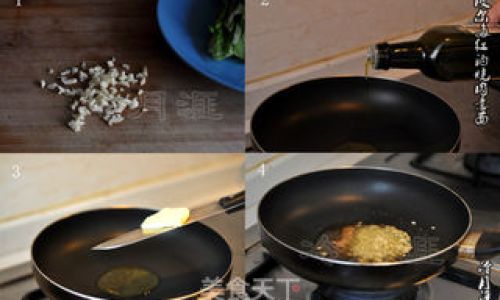
- Wine Selection: Opt for a Bordeaux with moderate tannins and ripe fruit notes. Avoid heavily oaked or tannic wines, which can make the sauce bitter.
- Meat Substitutions: Pork shoulder may be replaced with beef chuck or lamb shoulder for variation.
- Make-Ahead Convenience: The ragu improves in flavor when prepared a day in advance. Reheat gently before assembling the dish.
- Vegetarian Adaptation: Substitute the pork with mushrooms (portobello or cremini) and use vegetable broth. Add a splash of balsamic vinegar for depth.
The Science Behind the Flavors
The magic of this dish lies in the interplay between wine tannins, umami-rich tomatoes, and collagen-rich pork. During the long simmer, the pork’s connective tissue breaks down into gelatin, enriching the sauce with body and silkiness. The wine’s acidity balances the meat’s richness, while the vegetables add subtle sweetness.
Conclusion
Bordeaux Red Wine-Braised Pork Ragu Pasta is more than a meal—it’s a celebration of slow cooking and ingredient synergy. Each bite tells a story of patience, precision, and the transformative power of combining humble elements with luxury. Whether shared with loved ones or savored solo, this dish invites diners to pause, savor, and appreciate the alchemy of French and Italian culinary traditions. So raise your fork, and let the layers of flavor transport you to the vineyards of Bordeaux and the kitchens of Tuscany. Buon appetito!
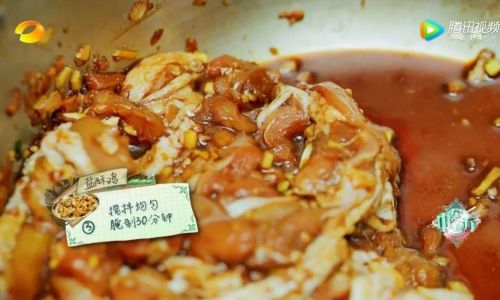
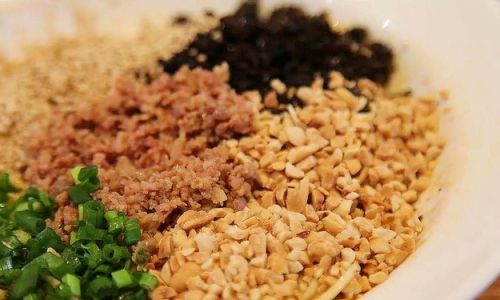

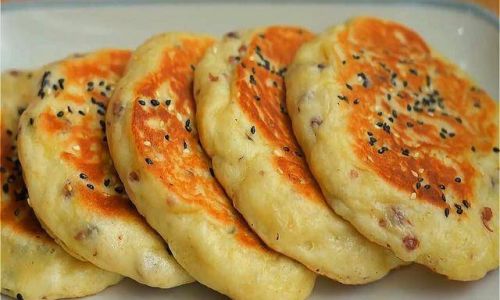
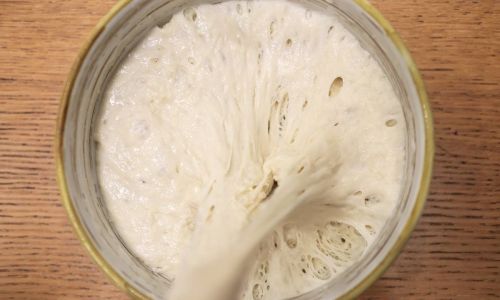
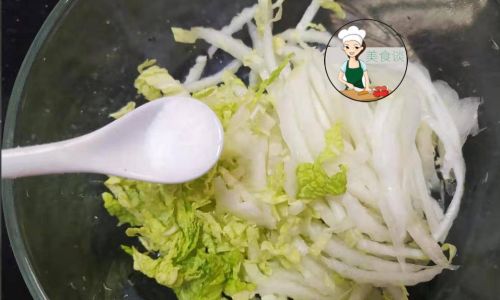
0 comments